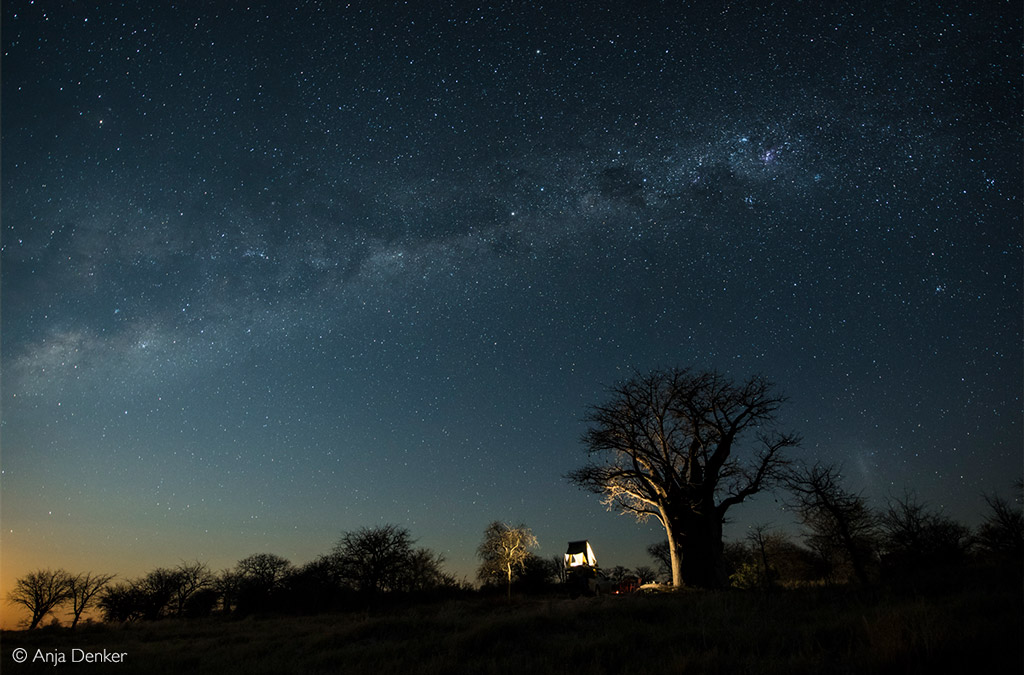
CEO NOTE: 23 April 2021
This is a copy of our weekly email newsletter. Subscribe here to receive the newsletter.

Last week was ugly. We published a story where scientists estimate the Namibian elephant population to be several times higher than the go-to estimate by several loud keyboard experts. The data and results were peer-reviewed by the IUCN African Elephant Specialist Group. The story unleashed some pretty unfortunate backlash from those whose narrative demands far lower numbers. The backstory is that the Namibian government, like many African governments, supports trophy hunting as a wildlife conservation tool. Now you know that I am no fan of trophy hunting, and I have the scars to prove it. BUT I also believe, as do my team, that science is the framework for effective conservation and that our layman opinions, while being essential tools for dialogue and problem-solving, are ultimately subject to scientific reality.
One hysterical Namibian activist took to social media to drum up echo chamber support from his adoring fans with hurtful fabrications about the veteran conservation journalist. He also laid into AG – and demanded that he be given the raw elephant population data to come up with his own statistics. He of zero relevant qualifications, experience or training. His premise is that observations from his occasional journeying through elephant territory are a more reliable yardstick for Namibian elephant numbers than what peer-reviewed science estimates, and that we (scientists, AG and those who support science) are in cahoots with the Namibian government to kill more elephants.
It is what it is.
Keep the passion

Simon Espley – CEO, Africa Geographic
From our Editor-in-Chief
 When I started guiding, too many years ago than I care to admit, showing my guests a kill was the ultimate goal. I’m not sure why – perhaps it was because so many nature documentaries climaxed with a takedown. The first time I saw the light leaving the eyes of a terrified impala ram with a leopardess’s jaws clamped around his trachea, I wasn’t sure I wished to see it again. In our first story below, Kenyan guide James Nampaso, treats us to a terrific photo gallery of nature’s sometimes heartrending reality.
When I started guiding, too many years ago than I care to admit, showing my guests a kill was the ultimate goal. I’m not sure why – perhaps it was because so many nature documentaries climaxed with a takedown. The first time I saw the light leaving the eyes of a terrified impala ram with a leopardess’s jaws clamped around his trachea, I wasn’t sure I wished to see it again. In our first story below, Kenyan guide James Nampaso, treats us to a terrific photo gallery of nature’s sometimes heartrending reality.
In our second story below, we look at new research investigating the use of African grey parrots in traditional west African medicine. The Marché des Fétiches in Lomé, Togo has an astonishing array of wild animal parts for sale, including primate heads, antelope and predator skins, crocodile skulls, dried snakes, domestic dog heads and, of course, birds. A brief google image search will net you a gallery of horrors. Next step is to engage with the sellers and users to come up with sustainable alternatives.
Our third story below is more cheerful. When I was at university, I remember walking past kilometres of shelving full of masters and PhD dissertations thinking, ‘what a waste, no one is ever going to read this stuff.’ While most theses can look forward to long centuries of gathering dust unobserved, one, by an Australian ecologist called Ken Tinley, completed in 1977, resurfaced in the early 2000s. It became the blueprint for the restoration of Gorongosa National Park in Mozambique – it’s a wonderfully unlikely story.
Our Photographer of the Year gallery for this week is another marvel of African nature and human creativity. We are nearing the end of the competition, so either head into the wild and take some snaps or trawl your archives – you might like to win 10 000USD and a luxury safari to Botswana. You can enter here.
Finally, have a look at our video of the week. The Last Horns of Africa is a scary look at what it means to be on the frontline of defending rhino in South Africa – when rangers have to find the courage to become soldiers.

Story 1
https://africageographic.com/stories/giraffes-vs-lions/
LIONS VS GIRAFFES
This exceptional photo gallery by Kenyan guide and Photographer of the Year entrant James Nampaso showcases wild Africa at her most brutal
Story 2
https://africageographic.com/stories/african-grey-parrots-in-traditional-medicine/
PARROT VOODOO
African grey parrots are targeted for medicinal and spiritual practices in West Africa. The trade is a significant threat to wild grey parrots
Story 3
https://africageographic.com/stories/the-restoration-of-gorongosa-national-park/
GORONGOSA
A long-lost doctoral thesis by an ecologist far ahead of his time helps unleash the massive potential of Gorongosa National Park, Mozambique
Story 4
https://africageographic.com/stories/photographer-of-the-year-2021-weekly-selection-week-15/
BEST PHOTOS
Week fifteen of our 2021 Photographer of the Year
![]() DID YOU KNOW: There are an estimated 2000 languages spoken in Africa
DID YOU KNOW: There are an estimated 2000 languages spoken in Africa
![]() WATCH: The Last Horns of Africa – trailer about the savage war to save rhino (2:36)
WATCH: The Last Horns of Africa – trailer about the savage war to save rhino (2:36)
To comment on this story: Login (or sign up) to our app here - it's a troll-free safe place 🙂.![]()








